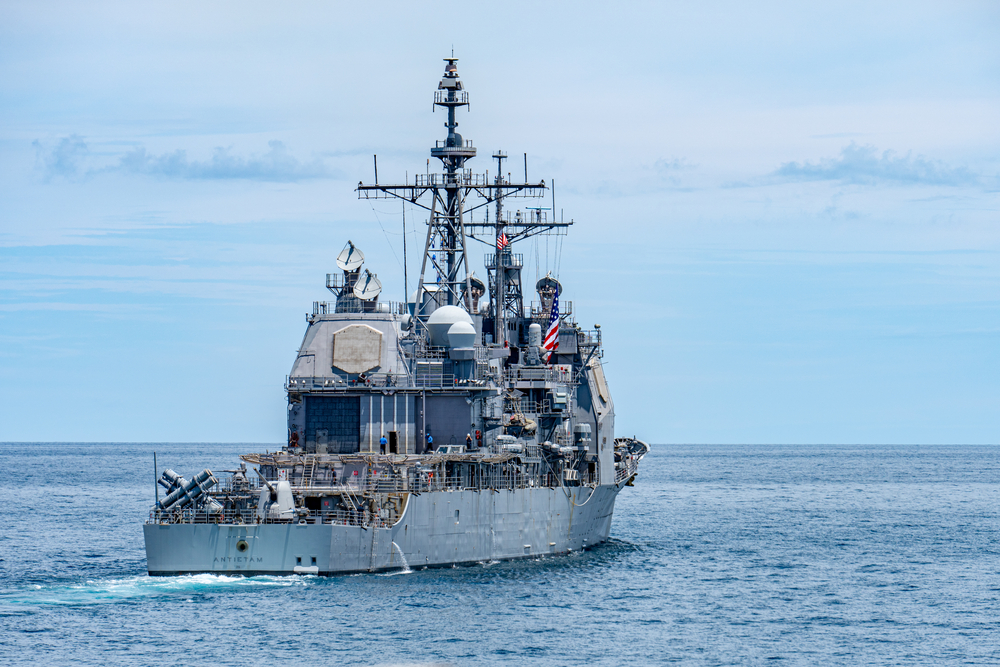
In the annals of naval warfare, few innovations have held as much promise or spurred as much advancement as the USS Antietam’s recent canted flight deck trials.
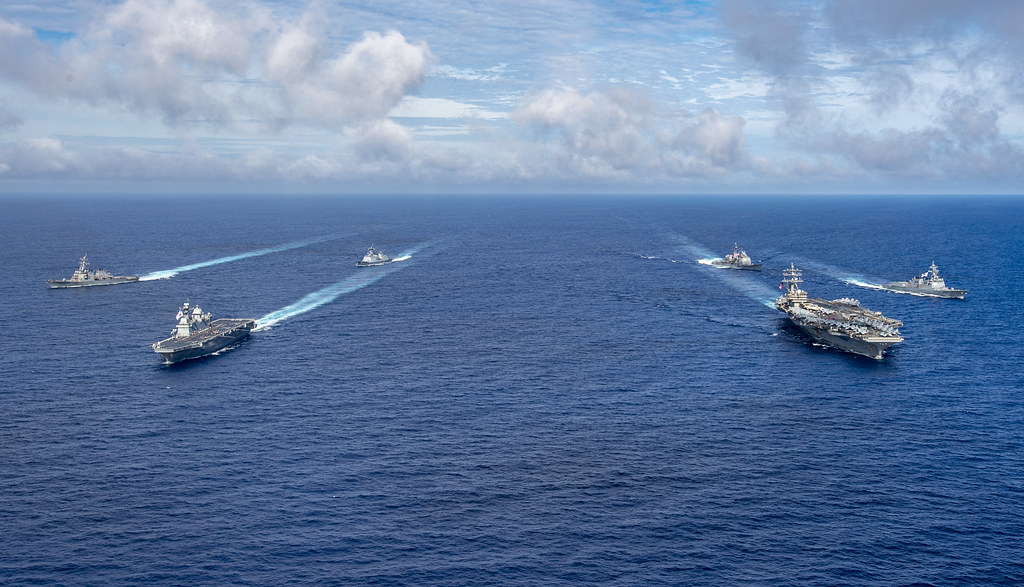
This revolutionary concept, brought to life after discussions between the US Navy and the British Admiralty, is now poised to redefine the operational capabilities of aircraft carriers—and by extension, the combat performance of carrier-borne aircraft.
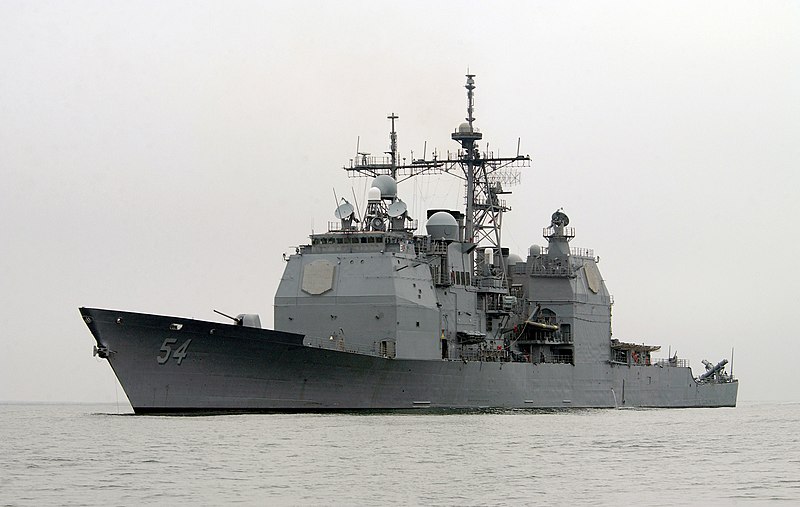
Historically, the rigid length of a carrier’s flight deck posed significant limitations. For one, the very real threat of arresting wire misses or “hook bounces,” which could result in a landing aircraft crashing into the forward parked planes, was a perennial hazard.
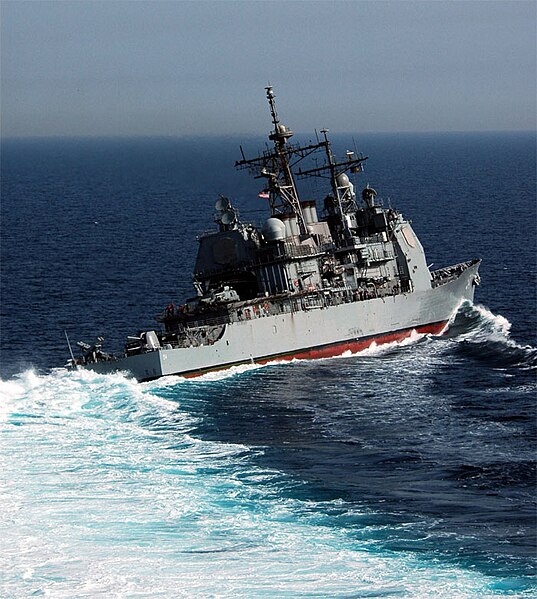
With the implementation of the canted deck, however, pilots who fail to catch an arresting wire simply have room to power up and go around for another pass—transforming potentially catastrophic mishaps into mere “touch and go” landings.
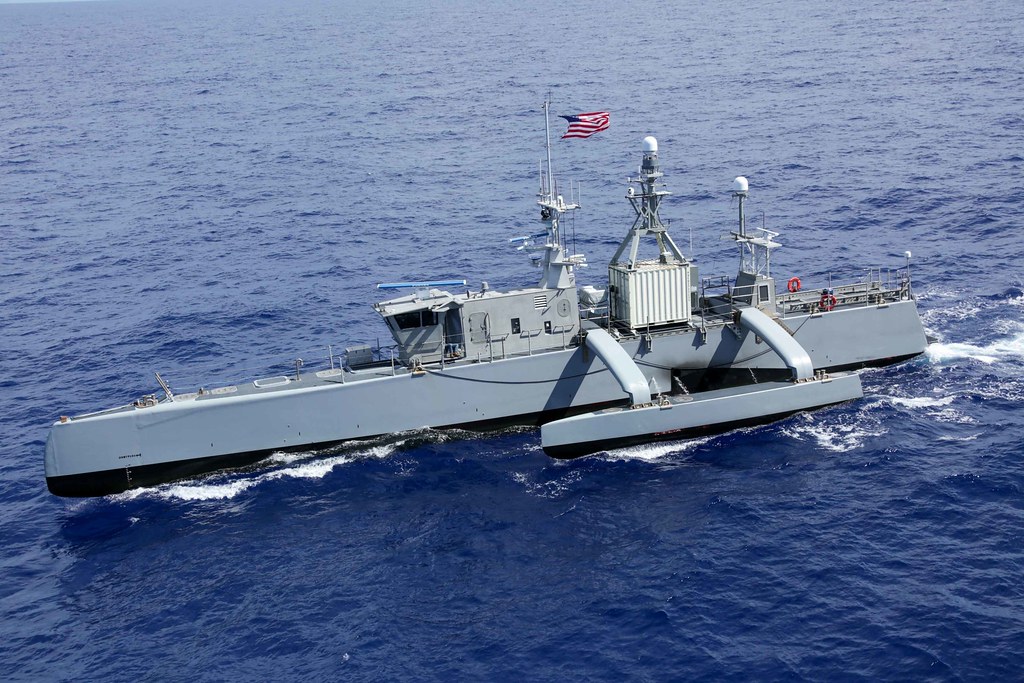
As the Antietam’s keel cut through the Atlantic waters during its trial phase, it carried with it the weight of naval aviation’s future. Over four thousand landings, executed under both daylight and the cloak of night, proceeded without a single deck or barrier crash—a testament to the canted deck’s profound impact on flight deck safety.

This shift in approach technique, allowing for “power-on” landings, appears perfectly suited to the idiosyncrasies of modern jet aircraft, particularly those with swept wings and high angles of attack during landing.
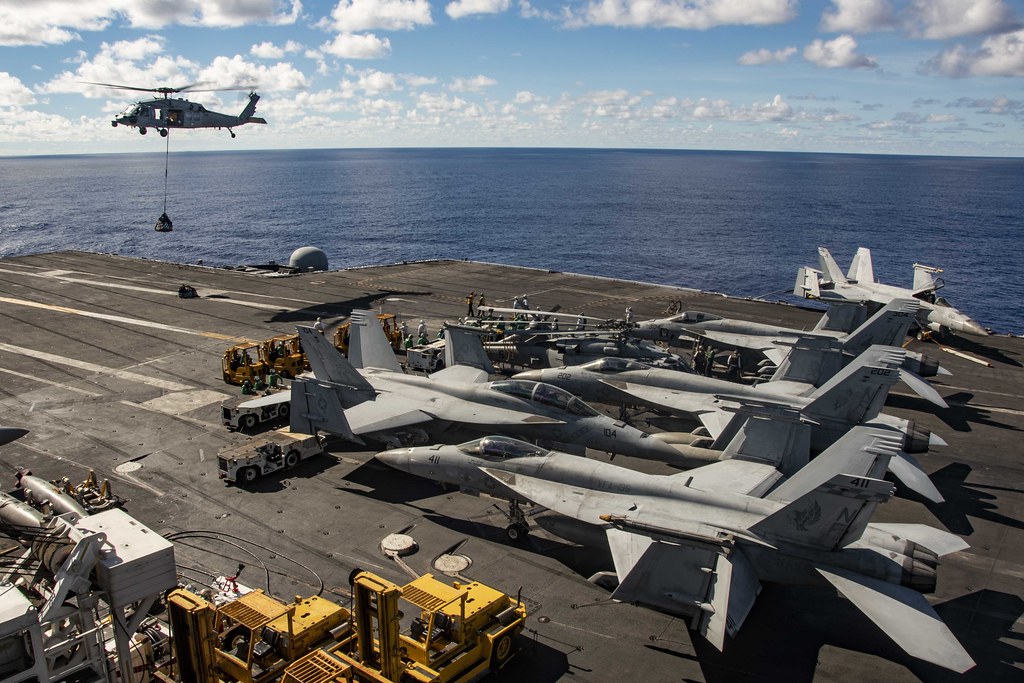
The implications are far-reaching. For the sailor on the deck, it spells the end of ever-present danger during landing operations. For the Task Force Commander, it promises a reliable air offensive capability, unmarred by the unpredictable cost of landing accidents.
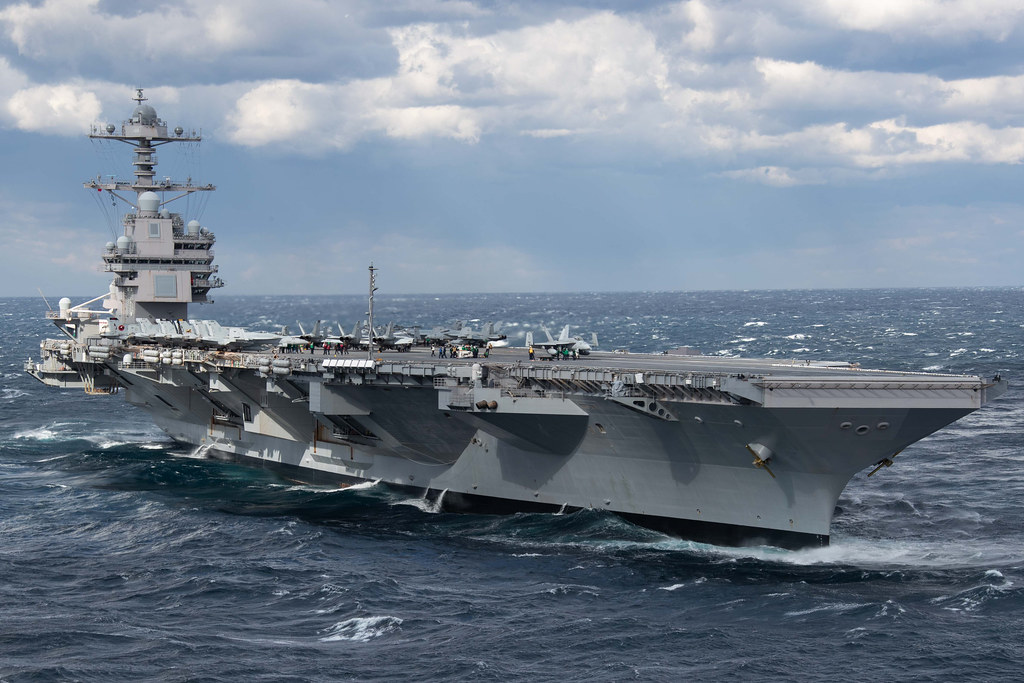
And for the aircraft designers at the Bureau of Aeronautics, it removes a significant bottleneck, offering a green light for the development of superior performing carrier aircraft, unencumbered by the need to compensate for the carrier’s limitations.

The USS Antietam’s canted deck is more than a mere adjustment in landing dynamics—it is a harbinger of a safer, more effective carrier aviation era.
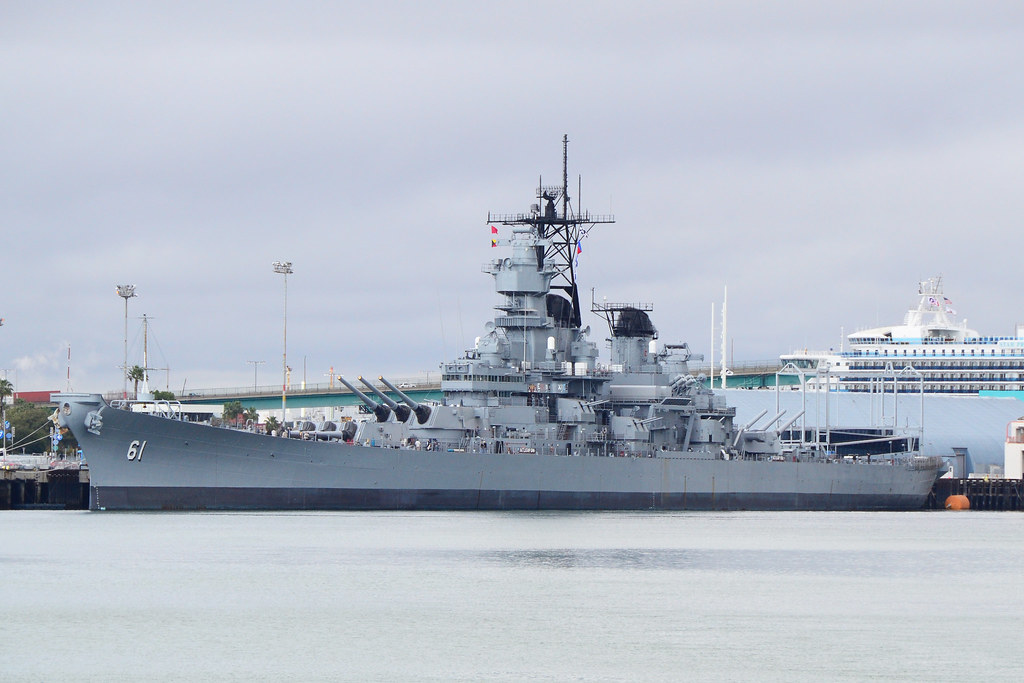
As the Navy approves its installation aboard existing and future carriers, we stand on the cusp of a renewed lifespan and utility for classes of carriers that might have otherwise reached obsolescence.
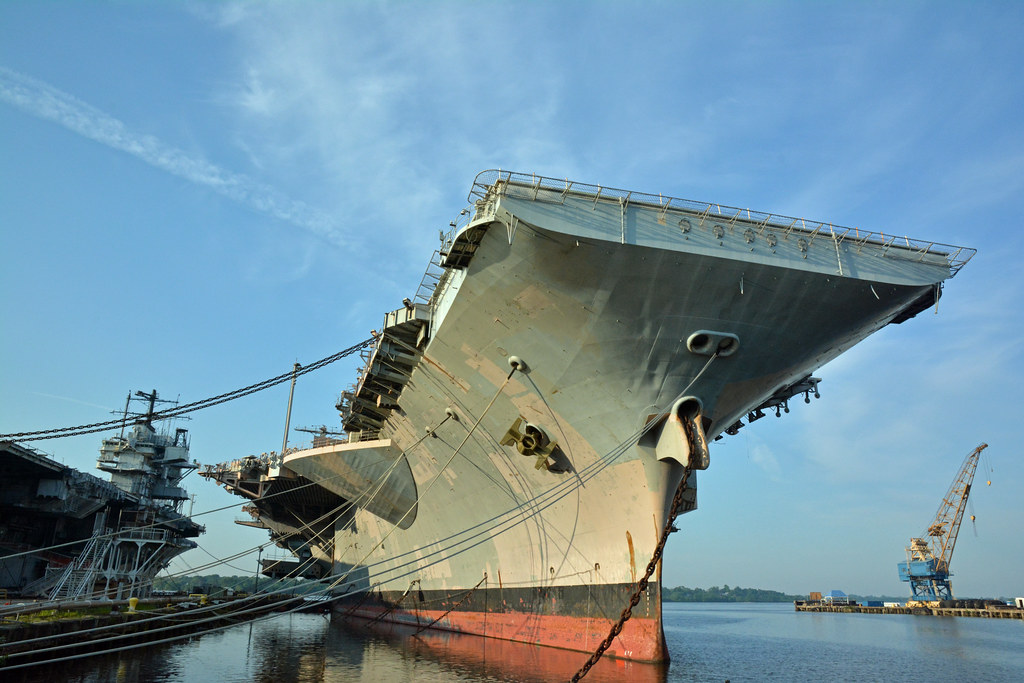
In the perpetually evolving theater of naval warfare, this innovation marks a pivotal point, allowing the US Navy to maintain its edge in carrier aviation for years to come.
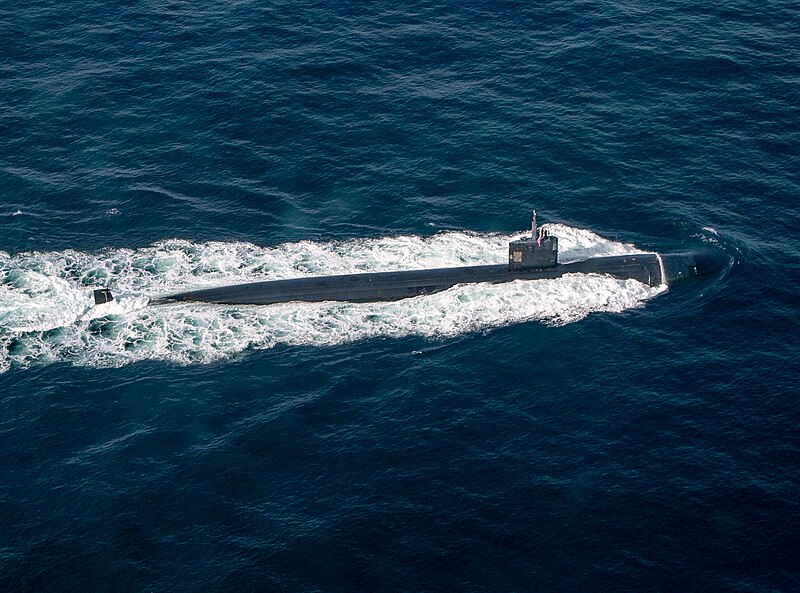

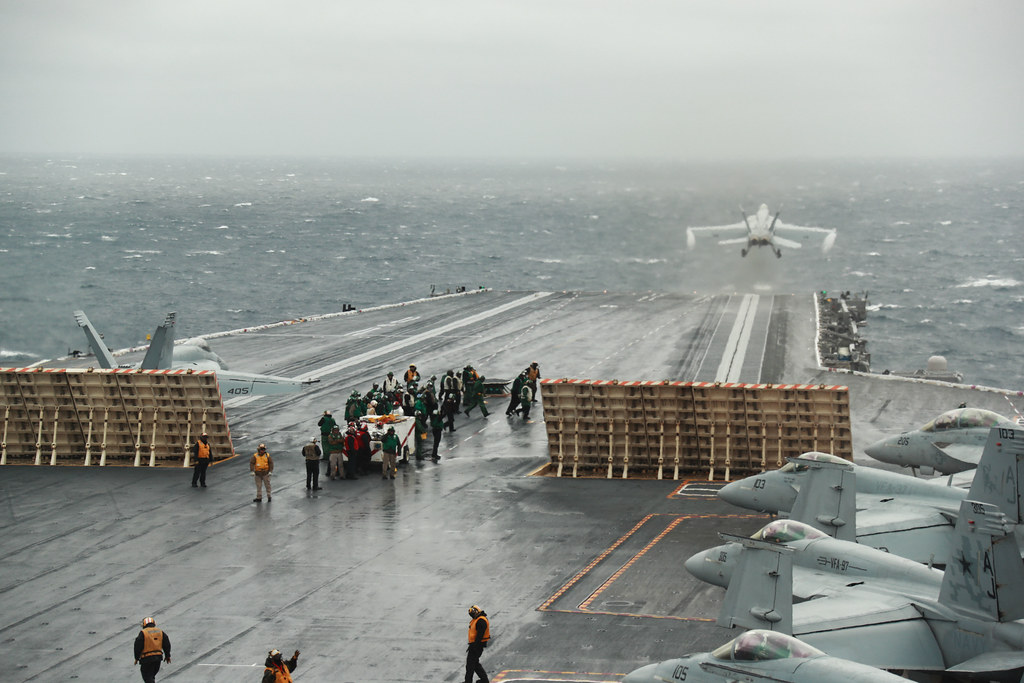
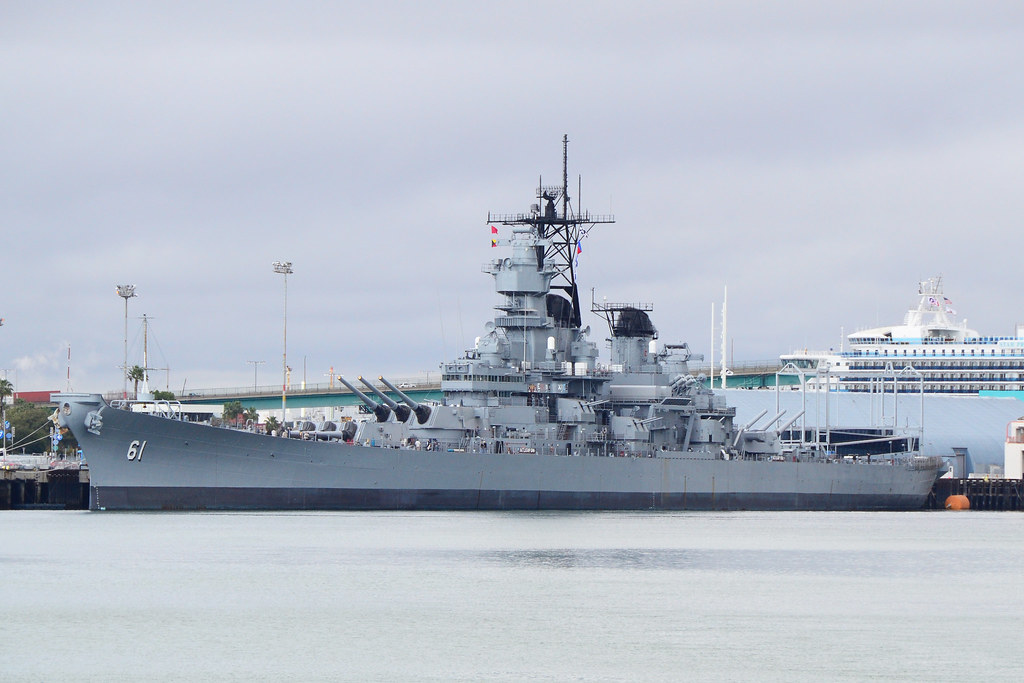
Relevant articles:
– USS Antietam: This Navy Aircraft Carrier Proved the Power of the Essex-Class, The National Interest
– Essex class aircraft carrier CVA CVS US Navy, Seaforces
– Powered Aircraft Carrier, Military Factory
– A Brighter Future for Carrier Aviation, U.S. Naval Institute

